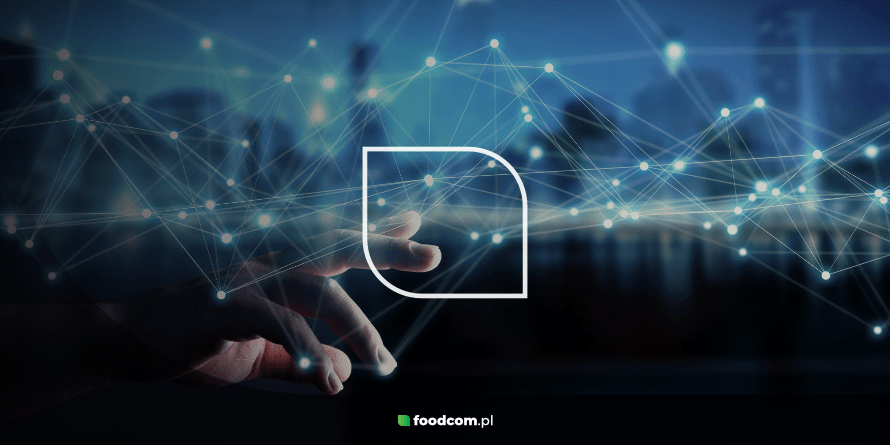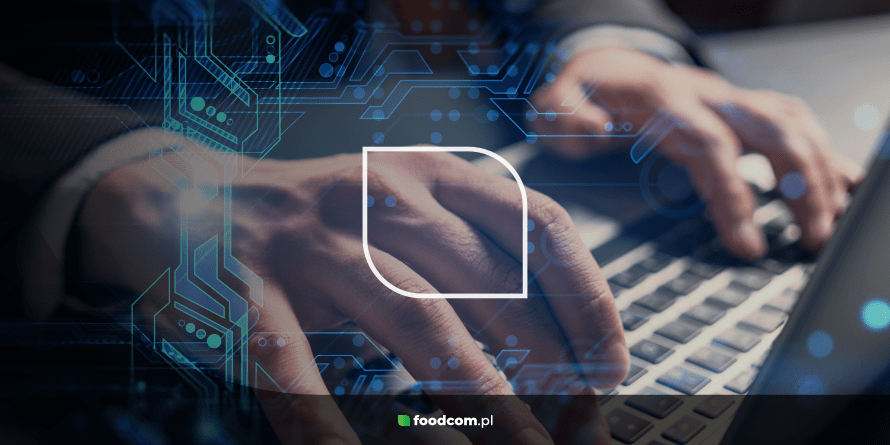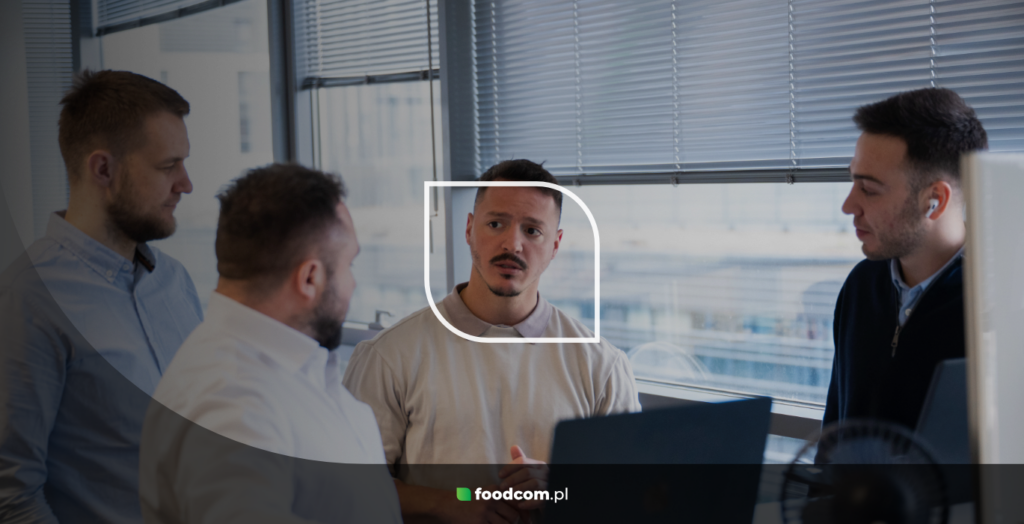

TABLE OF CONTENTS
The pace at which technology is changing the way we work has never been faster. The modern workplace is no longer limited to physical space. It is an environment in which digital tools, data and process automation are playing an increasingly important role.
Today, digitisation encompasses virtually every field, from manufacturing and education to finance and customer service, and not just technology industries. It affects team organisation, communication and even the work model, which can now be remote, hybrid or still stationary, but in a completely different digital environment.
With these changes, expectations of employees are also growing: greater flexibility, the ability to work with systems and a willingness to continuously learn new technologies are required.
Automation and artificial intelligence as new colleagues
In many companies, technology is no longer just a tool to support work, but is increasingly becoming an integral part of it. Automation and artificial intelligence streamline repetitive tasks while actively participating in the decision-making process.
For example, in the work of analytical teams or traders, where rapid response to market changes is crucial, artificial intelligence analyses data in real time, detects correlations and suggests possible scenarios. But similar applications can also be found in marketing, logistics and HR, where AI classifies information, predicts trends or responds to customer enquiries.
The advantage of automation is its ability to process vast amounts of information without fatigue or errors resulting from emotions. In everyday work, this means, for example, faster report generation, automatic alerts about irregularities, and intelligent recommendations. This gives employees more time for more strategic activities.
According to McKinsey:
‘Nearly half of employees expect generative AI to be present in at least 30% of their daily tasks within the next year.’
This shows that technology is taking on the role of a digital co-worker – an assistant who provides data, performs analysis, sometimes makes decisions, and even learns from how we work. However, humans are still responsible for interpretation, prioritisation and accountability for results.
For people who work in an office, as is the case with many operational, technical or trading positions, this means that technology does not so much replace their presence as enhance it. It allows them to react faster, see more and make better-informed decisions, whether it’s about market movements, personnel decisions or production planning.
The impact of technology on the mental and physical health of employees
Modern technologies undoubtedly improve work, but in some environments they can also generate new challenges for mental and physical health. There is increasing talk of so-called technostress, a phenomenon associated with information overload, constant online availability and the need to quickly learn and change digital tools.
This type of stress is particularly prevalent in jobs that involve constant interaction with technology, but are not accompanied by adequate organisational support or a good work-life balance. This applies to various industries and is often the result of inadequate implementation of systems rather than the specific nature of the job itself.
It is also important to consider the physical aspect. Working with a screen for many hours a day, limited movement and monotonous, repetitive tasks can have a negative impact on eyesight, posture and overall energy levels. The fast pace of work, the multitude of stimuli and the flood of information can disrupt the natural rhythm of the body.
In response to these challenges, more and more organisations, regardless of industry, are implementing solutions that support so-called digital wellbeing. These include workplace ergonomics, education on the conscious use of technology, and a work culture that focuses on efficiency rather than constant online presence. The goal is to build an environment where technology is a support, not a burden.
Equality and diversity in the digital workplace
Technology has the potential to level the playing field, but only if it is accessible and understandable to everyone. In practice, differences in access to equipment, internet speed and digital skills still influence who can take full advantage of the modern workplace.
According to Eurostat data, in 2024 only 55.5% of EU residents aged 16–74 had at least basic digital skills. In some countries, such as Italy, this percentage fell to below 46%.
In technology and financial companies, this can be a barrier, for example when implementing new AI-based tools or systems. People who are less digitally proficient are more likely to fall behind, have difficulty adapting or fail to realise their full potential at work.
For example, if a market analyst is unable to use modern analytical platforms, their conclusions will be less accurate, even though they may have very solid substantive knowledge. This leads to a widening of the gap, not in terms of professional competence, but in terms of technological competence.
The future of work and the role of technology
The future of the workplace will not be dominated solely by machines, but by people who can use them effectively. Technologies such as artificial intelligence, automation, data analytics and augmented reality will become increasingly integrated into everyday processes.
This means a change in both the tools used and the skills required. Employers are increasingly looking for skills rather than specific professions: analytical thinking, data handling, flexibility in working with new systems, and human-AI collaboration. Even highly specialised professions will increasingly rely on a symbiosis of expert knowledge and technological support.
According to a report by the World Economic Forum:
‘By 2027, 44% of the basic skills of employees will change.’
Source: World Economic Forum
In practice, this means that continuous learning is becoming crucial. Companies are already investing in internal training, micro-certificates, and the development of technical and soft skills. The professions of the future will not require knowledge of a single system, but the ability to quickly learn new ones.
Employees who understand the logic behind technology, can apply it in a specific context and do not lose their critical thinking skills will be the most resilient to market changes. Work is becoming more dynamic, but also more individualised and competence-based.



